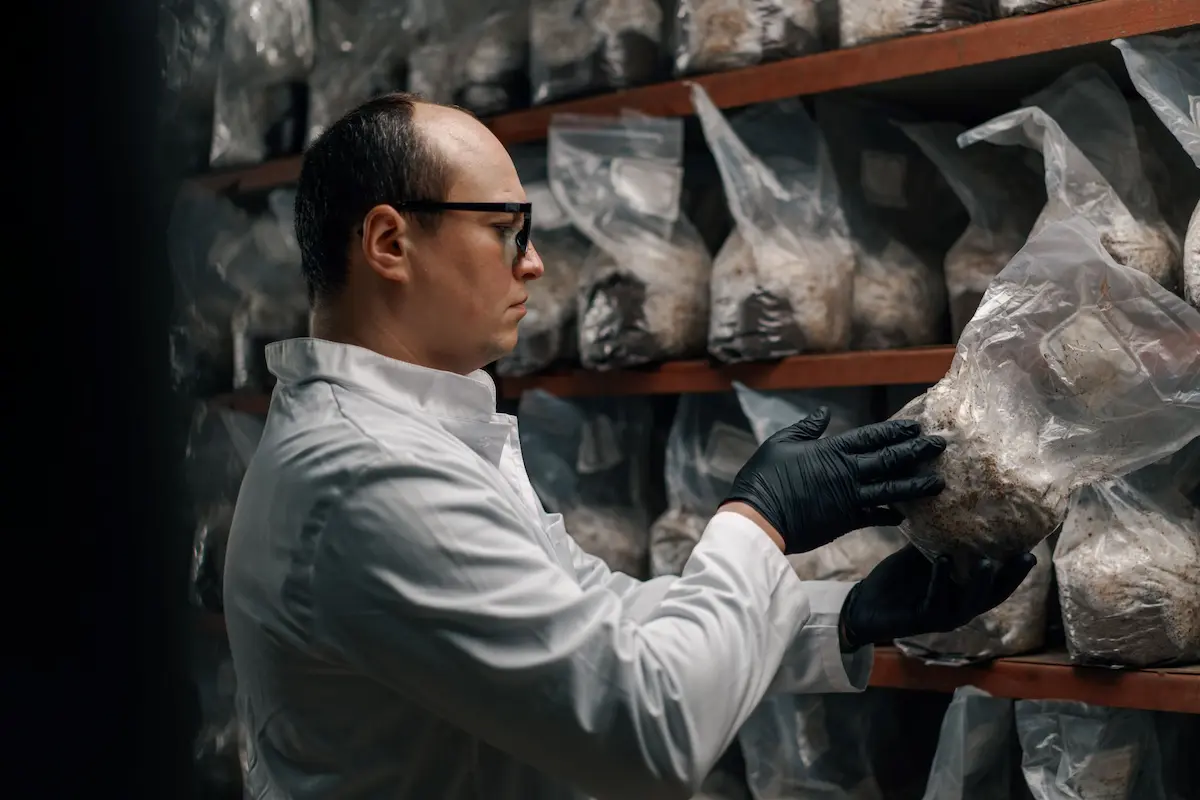8 Tips For Sustainable Mushroom Cultivation At Home
Photo:
Photo Credit: Adobe Photos
Sustainability refers to the capacity to maintain a process over an extended duration while minimizing adverse impacts on the environment. Interestingly, mushrooms exhibit this level of sustainability in their growth process, which distinguishes them from many other plants. In fact, it is considered one of the most sustainably produced foods available in the U.S. Therefore, it is best to consider Sustainable Mushroom Cultivation with FunGuy Grow Supply or similar reliable programs championing sustainability with mushroom cultivation.
Aside from their sustainability, numerous mushrooms types are a nutritious food source with decreased calories and without cholesterol and fat. Using it, you can prepare numerous meals like mushroom saute, pizza, or risotto. Mushrooms can also be used for medicinal purposes, especially if one is anemic. They usually have folic acid, protein, and minerals in them.
You can also save money growing mushrooms while boosting the health and productivity of other green vegetation in your compound. If you’d like to grow it, you ought to know sustainable ways to reduce your carbon footprint and conserve the environment from degradation.
With that in mind, below are eight tips for sustainable mushroom cultivation at home:
Use Mushroom Grow Bags Or Kits
If it’s your first time growing mushrooms, consider using kits or bags. You can strategically place them indoors, where you can control temperature and humidity. Growing mushrooms in indoor bags saves energy compared to growing them outside in the yard. It’s a quick and easy process, provided you find the right bags for growing the mushroom from reliable suppliers who can also offer top-quality and programmed kits with a guide on how to use them.

Pick The Right Mushroom Species
Numerous types of mushrooms exist, like oysters, paddy straws, and buttons. Every species has different growing needs. Some may require cooler temperatures, while others thrive in warmer environments. Others may need high humidity or drier conditions.
Research the mushroom types and species to grow and make sure you can provide the necessary growing conditions in your home. For instance, white buttons can grow in compost and thrive effectively, provided you place sawdust and wood.
Use Sustainable Substrate
The substrate is the material that the mushroom mycelium grows on. Most commercial mushroom cultivation uses substrate made from non-sustainable resources like sawdust or soybean hulls. But as you plan to grow at home, you can choose sustainable substrate options such as coffee grounds, spent brewery grains, and recycled paper. They’re not only eco-friendly but also readily available and cost-effective.
Decrease Water Use
Mushrooms require a lot of moisture to grow. However, you don’t have to use excess water because it isn’t good for the environment. You can collect rainwater and use it to water your mushrooms. Alternatively, you can use a humidifier to maintain the necessary humidity levels. You can use other methods like collecting and reusing water runoff.
Use Sustainable Lighting
Mushrooms don’t require a lot of light to grow. You can optimize your lighting setting to decrease energy use and minimize your environmental impact. Consider using energy-efficient light-emitting diode (LED) lights or natural light sources like a sunny windowsill. LED lights are more energy-efficient than traditional grow lights and produce less heat, reducing your energy consumption.
Recycle Waste Materials
Mushroom cultivation can generate a lot of waste materials, such as substrate and packaging. Hence, look for ways to recycle or reuse these materials to reduce your environmental impact.
For instance, you can compost spent substrate or reuse packaging materials for future batches. Or, when harvesting your mushrooms, recycle the substrate by using it as compost. Mushroom waste is rich in nutrients and can improve soil health and fertility. Using these substances ensures you use everything and avoid polluting the environment.
Use Organic Materials
Using organic materials in your mushroom cultivation can help reduce your exposure to harmful chemicals and ensure that your mushrooms are safe to eat. Choose organic substrates and avoid using pesticides or other chemicals when growing them. Pesticides aren’t costly, but it can negatively affect the environment. You can use organic methods such as compost tea, worm castings, and beneficial insects to control pests and promote healthy growth.
Utilize Natural Pest Control Techniques
Pests like mites, cecid flies, or nematodes can easily attack your mushroom. They can be a hazard for mushroom cultivation. But know how to recognize beneficial insects. Therefore, it is best to use environmentally friendly techniques like integrated pest management (IPM) to manage pest populations. IPM involves using natural predators, trapping, and other non-toxic methods to control pests.
Conclusion
Sustainable mushroom cultivation at home isn’t too complex. The aim is to conserve the environment and preserve it for future generations. Employing sustainable practices is also self-gratifying as you play your part in saving Mother Earth from degradation. So, try out the eight tips discussed herein and explore your mushroom cultivation journey.







Leave a Reply
You must be logged in to post a comment.